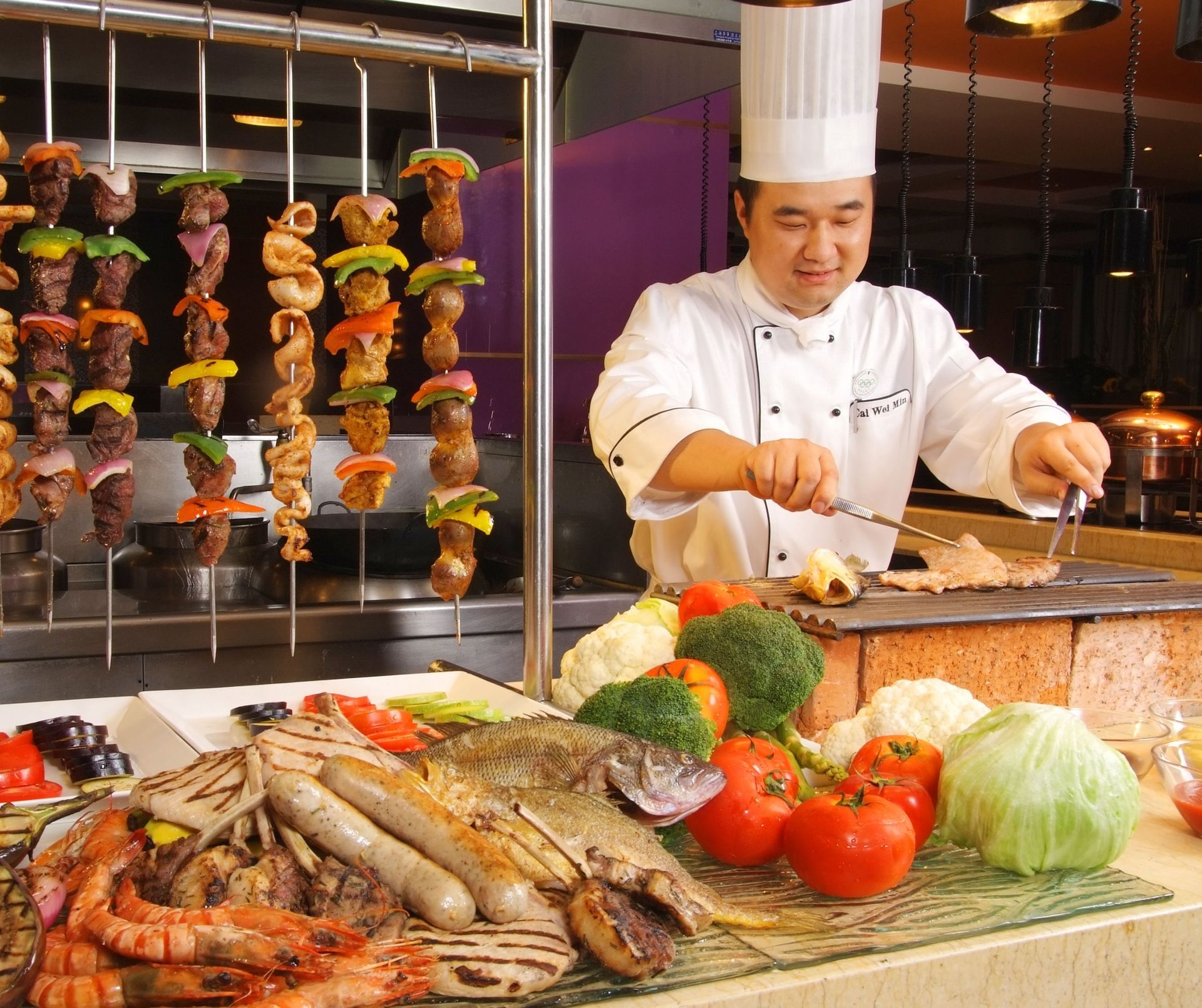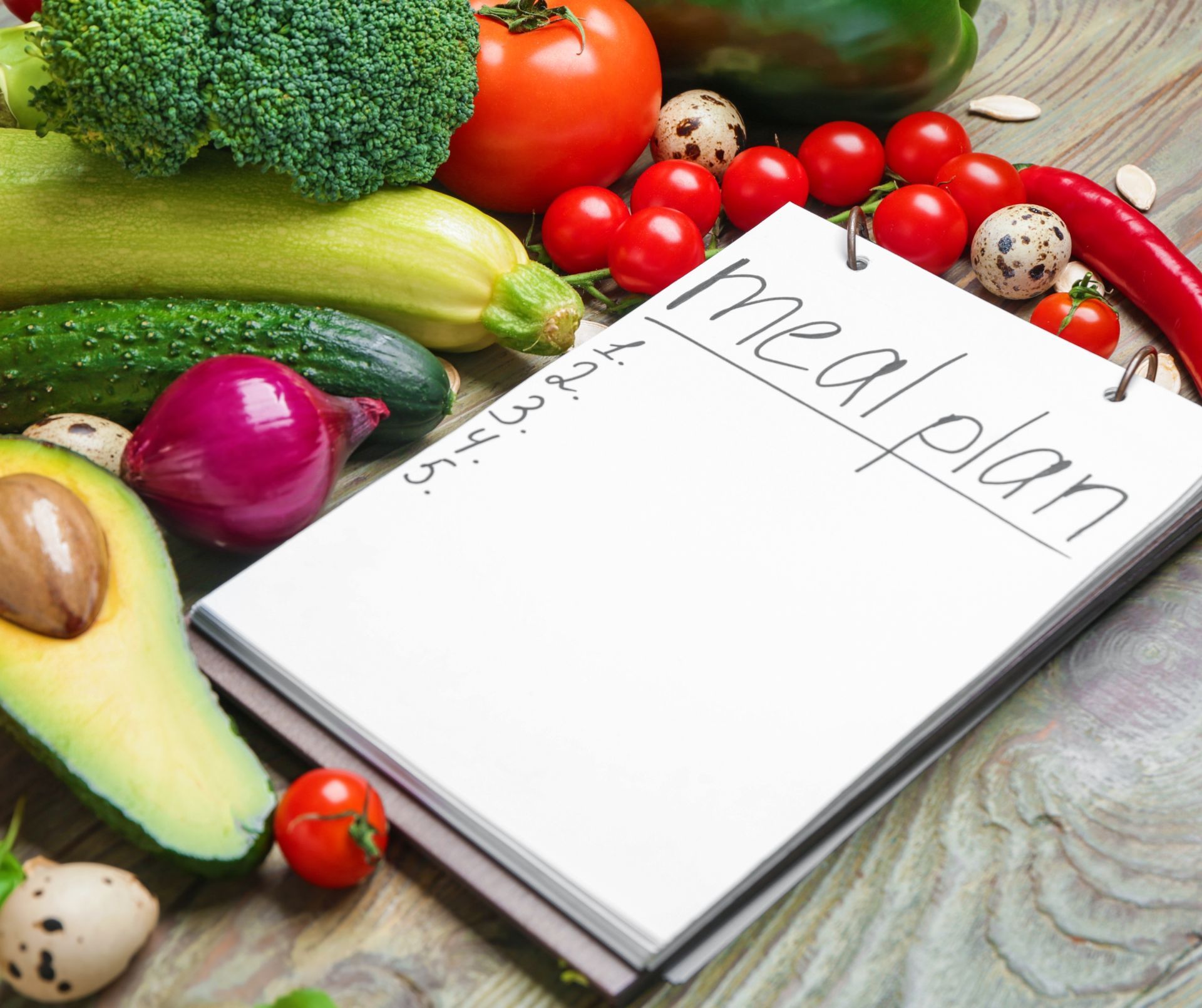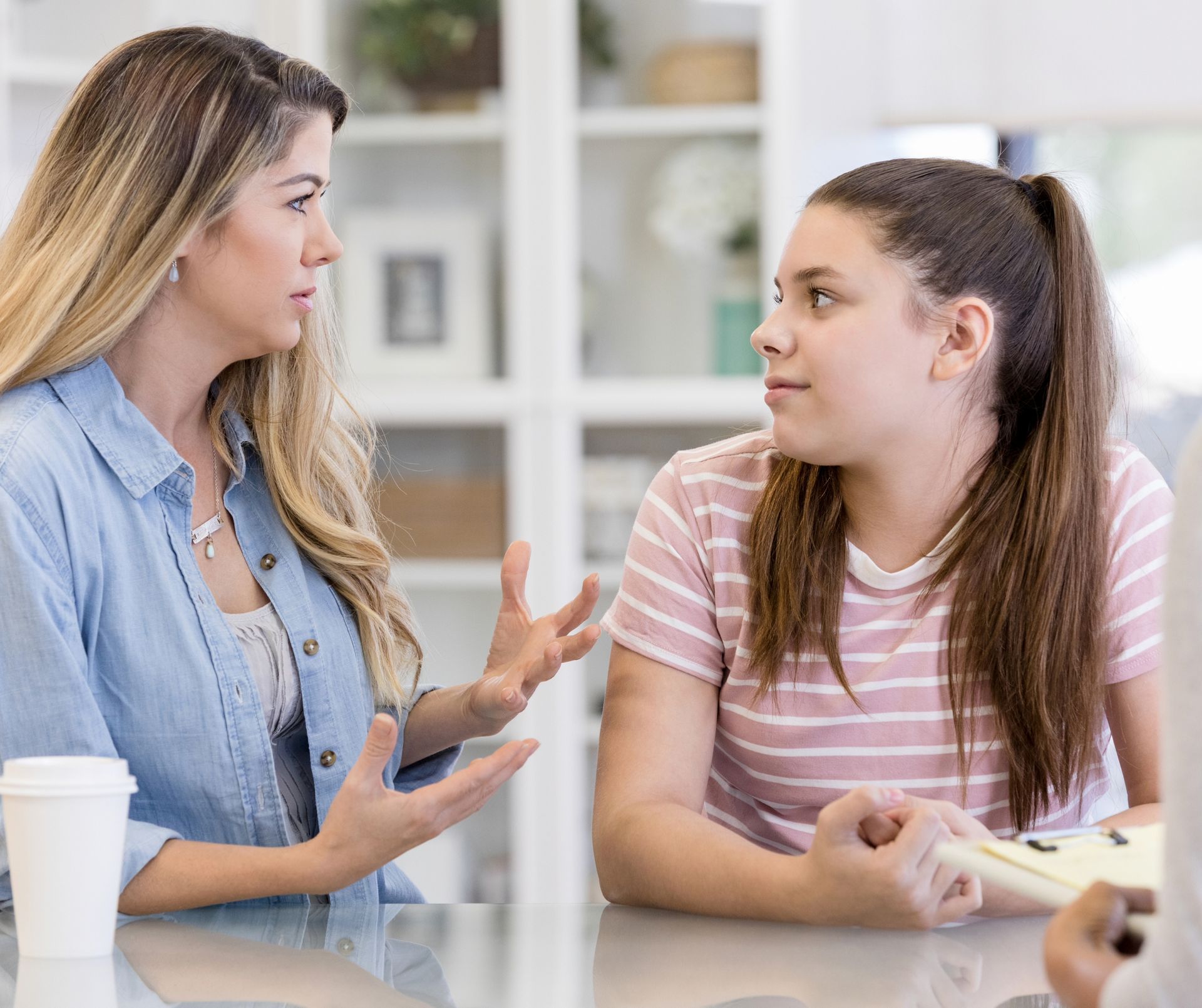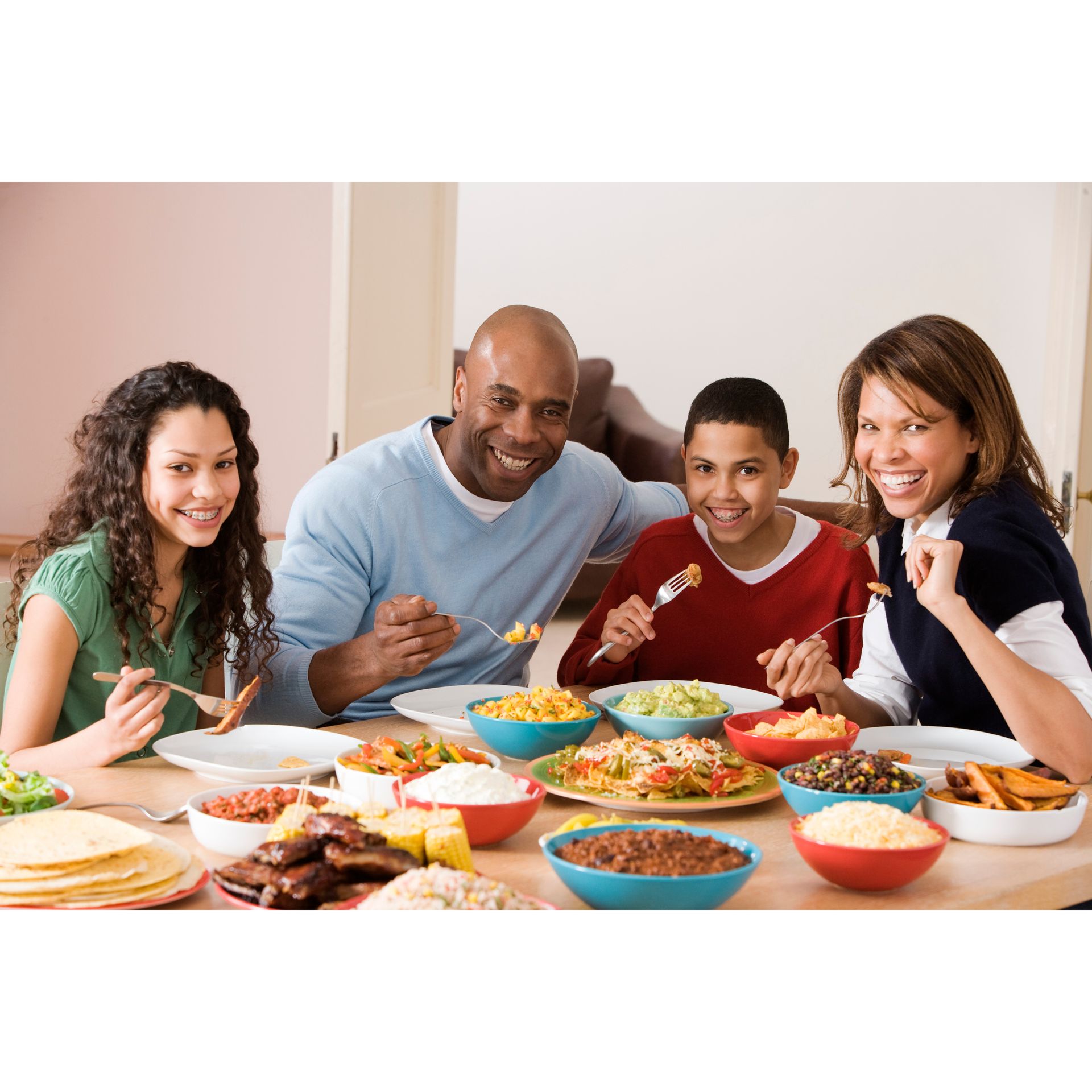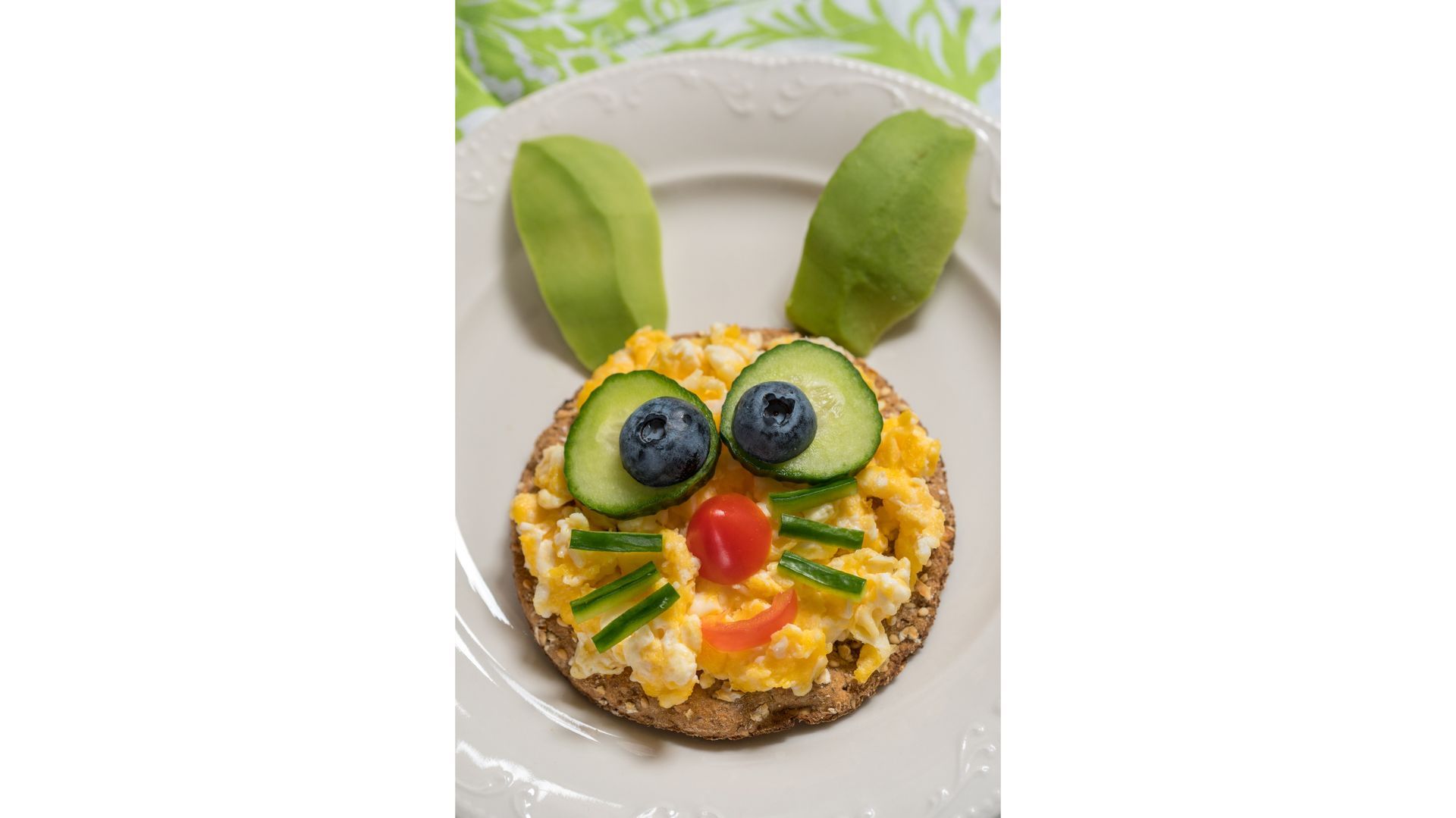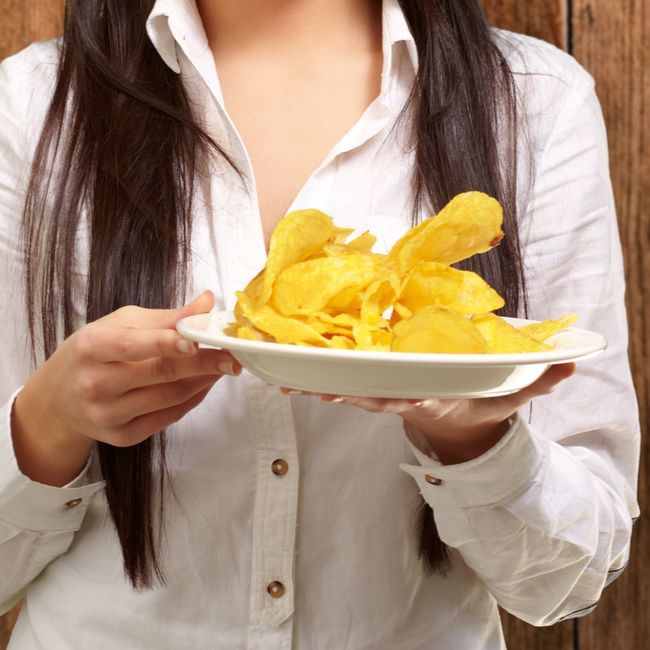PHONE:
Chickpea & Quinoa Tabbouleh
August 1, 2023
Serves: 4
Prep Time: 15 Minutes
Cook Time: 12 Minutes
Nutrition: 334cal, 14g fat, 43g carbohydrate, 11g protein
Ingredients:
¾ cup (130g) quinoa, uncooked
1 x 14 oz. (400g) can chickpeas, drained
2 medium tomatoes, diced
1 small cucumber, diced
1 cup (60g) parsley, chopped
3 tbsp. olive oil
2 tbsp. red wine vinegar
Salt substitute & pepper
How to Prepare:
- Cook the quinoa according to the instructions on packaging. Once cooked, drain and set aside.
- In a large bowl, mix the cooked quinoa, chickpeas, tomatoes, cucumber, parsley, oil, and vinegar. Season to taste with salt substitute and pepper and place in the refrigerator to chill. Best served chilled.
- Store refrigerated in an air-tight container for up to 2-3 days.
For Additional Recipes: www.weightwellnessonline.com
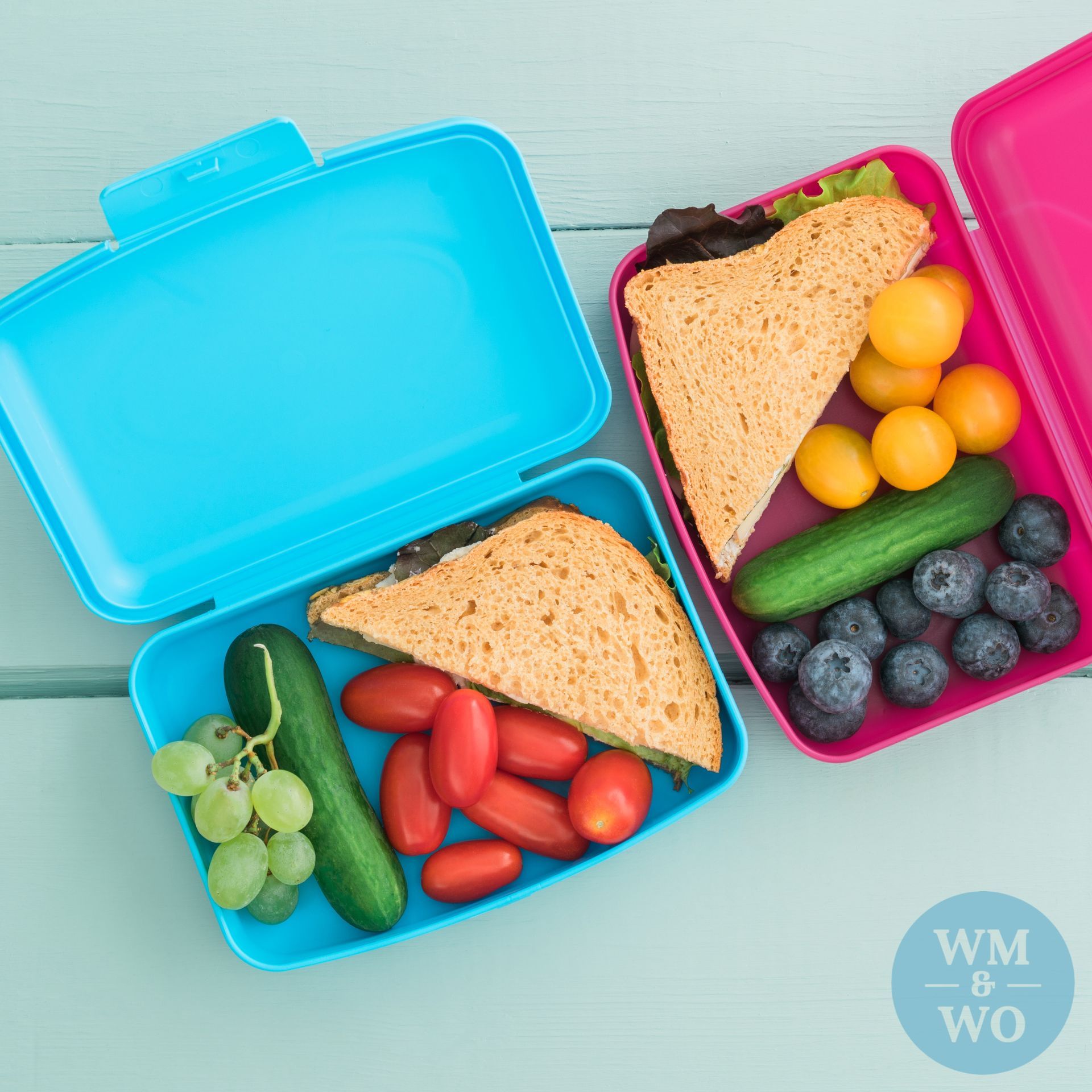
By Marsha Novick
•
September 4, 2024
Packing a healthy lunch is an important way to help your kids get through their school day. When deciding what to put in your child’s lunch box, it is a good idea to add variety. Focusing on variety not only makes lunches more interesting, but also makes a lunch that will provide the energy and nutrients that your kids need to grow, play, and learn. Here are some tips for making your child’s lunches enjoyable and nutritious.

By Dr. Marsha Novick
•
August 6, 2024
Ultra-processed foods (UPFs) have become a significant part of the modern diet in the United States. These foods, characterized by their high content of additives, preservatives, sweeteners, and artificial flavors, are typically ready-to-eat and require minimal preparation. Recent research has increasingly linked the consumption of UPFs with a range of adverse health outcomes, shedding light on the potential dangers they pose to public health.
Defining Ultra-Processed Foods
UPFs are distinguished from minimally processed or whole foods by their industrial formulations, which often involve multiple ingredients not commonly used in home cooking. Examples include sugary drinks, packaged snacks, ready meals, and reconstituted meat products. These items are typically energy-dense and nutrient-poor, making them appealing yet nutritionally inadequate choices.
Key Findings from Recent Studies
1. Increased Risk of Chronic Diseases: A growing body of evidence indicates a strong correlation between high UPF consumption
Contact Us
Thank you for contacting us.
We will get back to you as soon as possible.
We will get back to you as soon as possible.
Oops, there was an error sending your message.
Please try again later.
Please try again later.
Please do not send any confidential/medical information. This space is not HIPAA compliant.
© 2025
Weight Management & Wellness Online | All Rights Reserved | Created by Olive + Ash. Managed by Olive Street Design | Site Map


